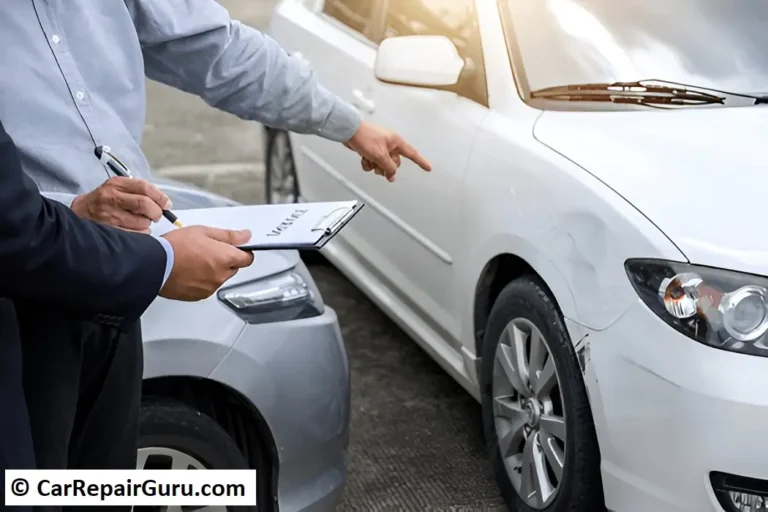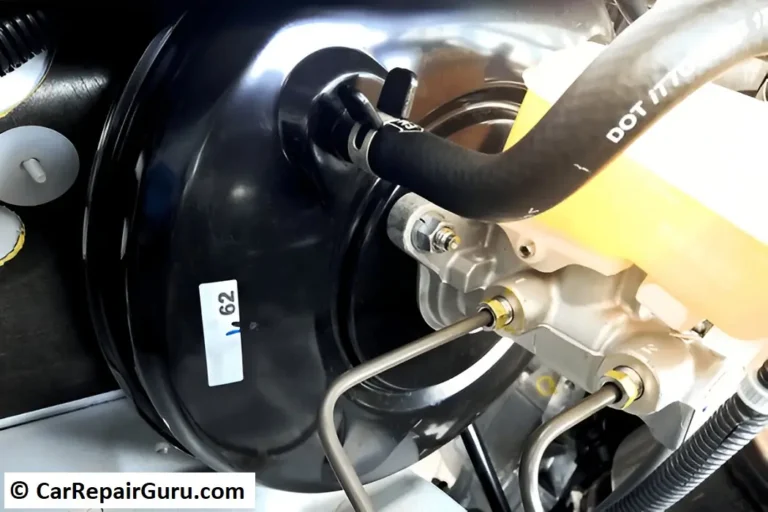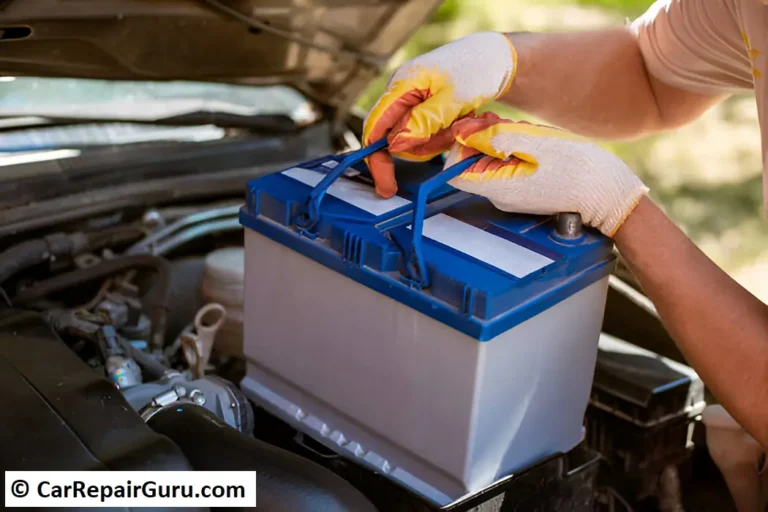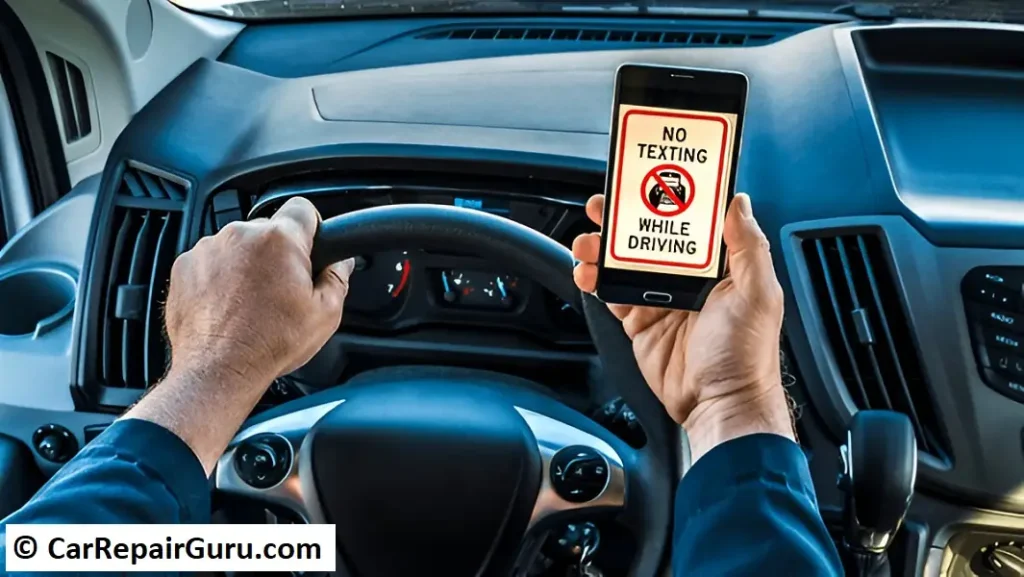
Every time you get behind the wheel, you take on a responsibility—not just for yourself but for everyone on the road. Safe driving habits are more than just rules to follow; they are essential for protecting lives, reducing accidents, and ensuring a smoother driving experience.
By practicing defensive driving techniques, maintaining a safe speed, and staying alert, you significantly lower the risk of collisions. Additionally, good driving habits contribute to fuel efficiency, saving you money at the pump while also reducing your vehicle’s wear and tear.
Developing these habits isn’t just about passing a driving test; it’s about making conscious decisions every time you drive. Whether you’re commuting to work or taking a long road trip, the right driving practices can make all the difference. In this guide, we’ll explore key habits that can help you become a safer, more responsible driver.
Pre-Drive Safety Checks
Before you even start your engine, taking a few minutes for a pre-drive safety check can make a huge difference in your driving experience. Regular vehicle maintenance, such as oil changes and brake inspections, ensures that your car remains in top condition. Neglecting these routine checks can lead to mechanical failures that put you and others at risk.
One of the most important safety checks is monitoring your tire pressure. Underinflated or overinflated tires can affect handling, fuel efficiency, and even lead to blowouts. A quick pressure check, along with inspecting tire tread wear, can help prevent dangerous situations on the road.
Equally important is ensuring that all lights and signals are working properly. Headlights, brake lights, and turn signals play a vital role in communication with other drivers. A malfunctioning light could lead to misinterpretations and accidents, especially in low-visibility conditions.
Lastly, adjust your mirrors and seat position before you start driving. Proper mirror alignment eliminates blind spots, while a comfortable seat position reduces fatigue and improves control over the vehicle. These simple pre-drive checks may seem minor, but they collectively enhance your driving safety, efficiency, and overall road awareness.
Defensive Driving Techniques
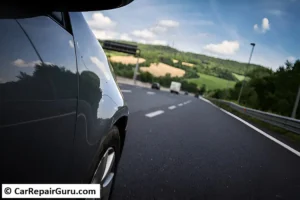
Defensive driving is all about staying one step ahead on the road. It’s not just about following traffic laws—it’s about anticipating potential hazards and being prepared to react quickly and safely. By adopting defensive driving techniques, you can reduce the risk of accidents and ensure a smoother driving experience.
One of the most crucial aspects of defensive driving is maintaining a safe following distance. The general rule is the three-second rule—leave at least three seconds of space between you and the vehicle in front of you. In bad weather or heavy traffic, increase this distance to allow ample reaction time. Tailgating reduces your ability to stop safely and increases the risk of rear-end collisions.
Another key technique is constant scanning of the road ahead. Instead of focusing only on the car in front of you, regularly check your mirrors and be aware of pedestrians, cyclists, and potential obstacles. This habit allows you to spot dangers early, giving you more time to react.
Anticipating other drivers’ actions is equally important. Not everyone on the road follows the rules, so assume that some drivers may suddenly change lanes, run red lights, or brake unexpectedly. Stay alert at intersections, watch for erratic behavior, and always have an exit strategy in mind.
Finally, minimizing distractions is critical for defensive driving. Mobile phones, in-car entertainment systems, and even eating while driving can pull your attention away from the road. A split-second distraction can lead to devastating consequences. Keep your phone on silent or use hands-free options if necessary, and always keep your focus on the road ahead.
By practicing these defensive driving habits, you’ll not only protect yourself but also contribute to safer roads for everyone.
Speed Management and Control
Speed plays a critical role in road safety. Adhering to posted speed limits isn’t just about following the law—it’s about ensuring that you have enough time to react to sudden changes in traffic, road conditions, and unexpected obstacles. Speed limits are carefully determined based on road design, traffic flow, and surrounding environments, so ignoring them increases the likelihood of accidents.
However, safe speed management goes beyond simply following speed limits. Adjusting your speed based on current road conditions is just as important. Wet, icy, or foggy roads require slower speeds to maintain proper traction and control. Similarly, heavy traffic, construction zones, and pedestrian-heavy areas call for extra caution. Driving too fast in these conditions reduces your reaction time and increases stopping distances, making collisions more likely.
Speeding and aggressive driving behaviors, such as tailgating and rapid lane changes, put everyone at risk. High speeds magnify the severity of crashes, often leading to more severe injuries or fatalities. Additionally, aggressive driving can lead to road rage incidents, which further escalate dangers on the road.
For highway driving, using cruise control can be an effective way to maintain a consistent speed, prevent unnecessary acceleration, and improve fuel efficiency. It reduces driver fatigue on long trips by allowing for a more relaxed driving posture. However, cruise control should be avoided in heavy traffic or poor weather conditions, where manual speed adjustments are necessary.
By practicing smart speed management, drivers can enhance safety, conserve fuel, and contribute to smoother traffic flow for everyone on the road.
Proper Use of Signals and Communication
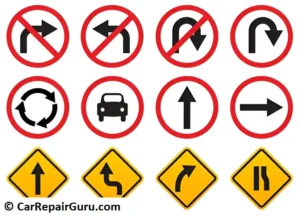
Effective communication is a cornerstone of safe driving. One of the simplest yet most crucial ways to communicate with other road users is by using turn signals. Whether you’re making a turn, changing lanes, or merging onto a highway, signaling well in advance allows others to anticipate your next move and adjust accordingly. The general rule is to signal at least 100 feet before a turn and always check your mirrors and blind spots before executing any maneuver.
In addition to turn signals, making eye contact with pedestrians and other drivers at intersections enhances mutual awareness and prevents misunderstandings. If you’re at a crosswalk or an uncontrolled intersection, making eye contact ensures that pedestrians know you’ve seen them, reducing the risk of accidents. Similarly, when yielding or negotiating right-of-way situations, a simple nod or wave can help confirm intentions.
Drivers should also be familiar with hand signals, which can be essential if electronic signals fail. The three basic hand signals are:
- Left turn: Extend your left arm straight out.
- Right turn: Bend your left arm upward at a 90-degree angle.
- Stopping or slowing down: Extend your left arm downward at a 90-degree angle.
Using proper signaling and communication techniques ensures safer interactions on the road, reducing confusion and preventing collisions.
Fuel-Efficient Driving Practices
Driving efficiently isn’t just about saving money on gas—it also reduces wear on your vehicle and lowers environmental impact. By adopting fuel-efficient driving habits, you can maximize your mileage while minimizing unnecessary fuel consumption.
One of the most effective techniques is maintaining a steady speed. Frequent acceleration and braking burn more fuel than driving at a consistent pace. On highways, using cruise control helps regulate speed, reducing unnecessary fuel use. Additionally, sticking to the speed limit improves efficiency, as fuel consumption increases significantly at higher speeds.
Another key habit is avoiding excessive idling. Leaving your engine running while parked wastes fuel without any benefit. If you anticipate being stopped for more than a minute, such as at a long traffic light or in a drive-thru, consider turning off the engine. Modern vehicles are designed to restart efficiently without excessive fuel consumption.
Proper vehicle maintenance also plays a role in fuel efficiency. Regular tire pressure checks ensure that your car rolls smoothly with minimal resistance, while clean air filters and timely oil changes help the engine run optimally. Carrying excess weight, such as unnecessary items in your trunk, also increases fuel consumption, so keeping your vehicle light improves efficiency.
Lastly, anticipating traffic flow helps reduce fuel waste. By looking ahead and coasting to slow down rather than braking suddenly, you conserve momentum and use less fuel.
Implementing these fuel-efficient driving habits not only saves money but also extends the life of your vehicle and promotes a more sustainable way of driving.
Adapting to Various Road Conditions

Road conditions can change in an instant, and being able to adjust your driving accordingly is essential for staying safe. Whether you’re facing rain, snow, fog, or heavy traffic, understanding how to handle different situations can reduce the risk of accidents and keep your driving experience smooth.
Wet and Rainy Roads
When roads are wet, tires lose some of their grip, increasing the chances of skidding or hydroplaning. To stay safe, reduce your speed, avoid sudden braking, and maintain a longer following distance—at least five seconds behind the car in front. Always turn on your headlights to improve visibility, and be cautious around puddles, as they can hide deep potholes.
Snowy and Icy Roads
Driving on snow or ice requires extra care. Use gentle acceleration and braking to prevent skidding, and steer smoothly to maintain control. If your car starts to slide, turn the steering wheel in the direction of the skid and avoid sudden movements. Equip your vehicle with winter tires for better traction and always keep an emergency kit in your car during winter months.
Foggy Conditions
Fog can significantly reduce visibility, making it difficult to see other vehicles and road signs. Use low-beam headlights or fog lights, as high beams create glare in the fog. Drive slowly, use road markings as a guide, and avoid unnecessary lane changes to prevent sudden encounters with other vehicles.
Heavy Traffic and Urban Driving
In congested areas, patience is key. Keep a safe distance from other vehicles, anticipate sudden stops, and watch for pedestrians and cyclists. Avoid aggressive driving behaviors like rapid lane changes, and use turn signals early to communicate your intentions.
By adapting to different road conditions, you improve safety for yourself and everyone around you, ensuring a smoother and more controlled driving experience.
Avoiding Common Driving Distractions
Distractions behind the wheel are one of the leading causes of accidents. Whether it’s a ringing phone, a quick snack, or an engaging conversation, even a brief lapse in focus can lead to dangerous consequences. Staying alert and minimizing distractions is key to safe driving.
Put Your Phone Away
Using a mobile phone while driving—whether for texting, calling, or checking notifications—significantly increases the risk of accidents. Even hands-free calls can divert attention. The safest approach is to silence your phone or use “Do Not Disturb” mode while driving. If a call or message is urgent, pull over in a safe location before responding.
Limit In-Car Distractions
Adjusting the radio, GPS, or climate controls while driving takes your focus off the road. Set up your navigation and music before you start driving, and if adjustments are needed, ask a passenger for help or pull over safely.
Avoid Eating and Drinking
Grabbing a quick bite while driving might seem harmless, but it requires taking your hands off the wheel and your eyes off the road. If you need to eat, do so before starting your trip or during a break.
Stay Focused and Alert
Fatigue, daydreaming, and distractions from passengers can also impact your reaction time. Stay engaged with the road, scan ahead for hazards, and always keep both hands on the wheel for full control.
By eliminating common distractions, you ensure a safer and more responsible driving experience for yourself and others.
Managing Driver Fatigue and Stress

Driving while tired or stressed not only affects your focus but also your reaction time, making it more likely that you’ll make mistakes. Managing driver fatigue and stress is crucial for staying safe on the road and preventing accidents.
Recognize the Signs of Fatigue
Fatigue can impair your judgment and slow your reflexes, so it’s important to recognize the early signs. If you start yawning frequently, struggle to keep your eyes open, or notice your mind wandering, it’s time to take a break. Pull over at a safe spot and rest for at least 15-20 minutes, or consider swapping drivers if possible.
Stay Well-Rested
To avoid fatigue, make sure you’re well-rested before hitting the road, especially for long trips. Plan your journey with regular stops to stretch your legs and refresh. A good night’s sleep significantly reduces the risk of drowsy driving, which is just as dangerous as drunk driving.
Manage Stress While Driving
Stress can also interfere with your driving. If you feel yourself becoming anxious or frustrated, take deep breaths and focus on staying calm. Avoid aggressive driving behaviors like speeding or tailgating, which only increase stress and lead to unsafe situations. If traffic is causing stress, remember to take it slow and stay patient.
By addressing fatigue and stress before they take over, you can ensure a safer, more focused driving experience for yourself and others.
Conclusion: Building Lifelong Safe Driving Habits
Adopting safe driving habits isn’t just about following traffic laws—it’s about making mindful decisions every time you get behind the wheel. Whether it’s performing pre-drive checks, practicing defensive driving techniques, or adapting to changing road conditions, every action contributes to a safer driving experience.
By committing to safe speed management, reducing distractions, and prioritizing vehicle maintenance, you not only protect yourself but also help create safer roads for others. Remember, consistency is key. Safe driving habits should be cultivated over time, so they become second nature in every situation.
Building these habits doesn’t have to be difficult. With awareness, focus, and a willingness to improve, you can develop lifelong practices that enhance your safety, reduce stress, and even save money on fuel and maintenance. Safe driving is a continuous journey—and it’s one worth taking for the benefit of everyone on the road.
Driving Habits (FAQs)
What are some basic safe driving habits I should adopt?
Basic safe driving habits include maintaining a safe following distance, always using your turn signals, adjusting your mirrors before driving, wearing your seatbelt, and being alert to road conditions. Regular vehicle maintenance and avoiding distractions like mobile phones are also crucial.
How can I improve my fuel efficiency while driving?
To improve fuel efficiency, drive at a steady speed, avoid rapid acceleration and braking, and reduce idling. Make sure your tires are properly inflated, remove excess weight from your car, and consider using cruise control on highways for consistent speed.
What should I do if I feel tired while driving?
If you feel tired or fatigued, pull over safely and rest. Take a short nap or switch drivers if possible. Never continue driving if you’re too drowsy, as it can severely impair your reaction time and judgment.
How do I handle bad weather conditions, such as rain or snow?
In bad weather, reduce your speed and increase your following distance. Avoid sudden braking, and turn on your headlights for better visibility. On icy or snowy roads, use smooth acceleration and braking to avoid losing traction.
Why is defensive driving important?
Defensive driving helps you anticipate and avoid potential hazards by staying aware of other drivers’ actions, maintaining a safe distance, and being proactive in identifying potential risks. It reduces the likelihood of accidents and enhances overall road safety.



